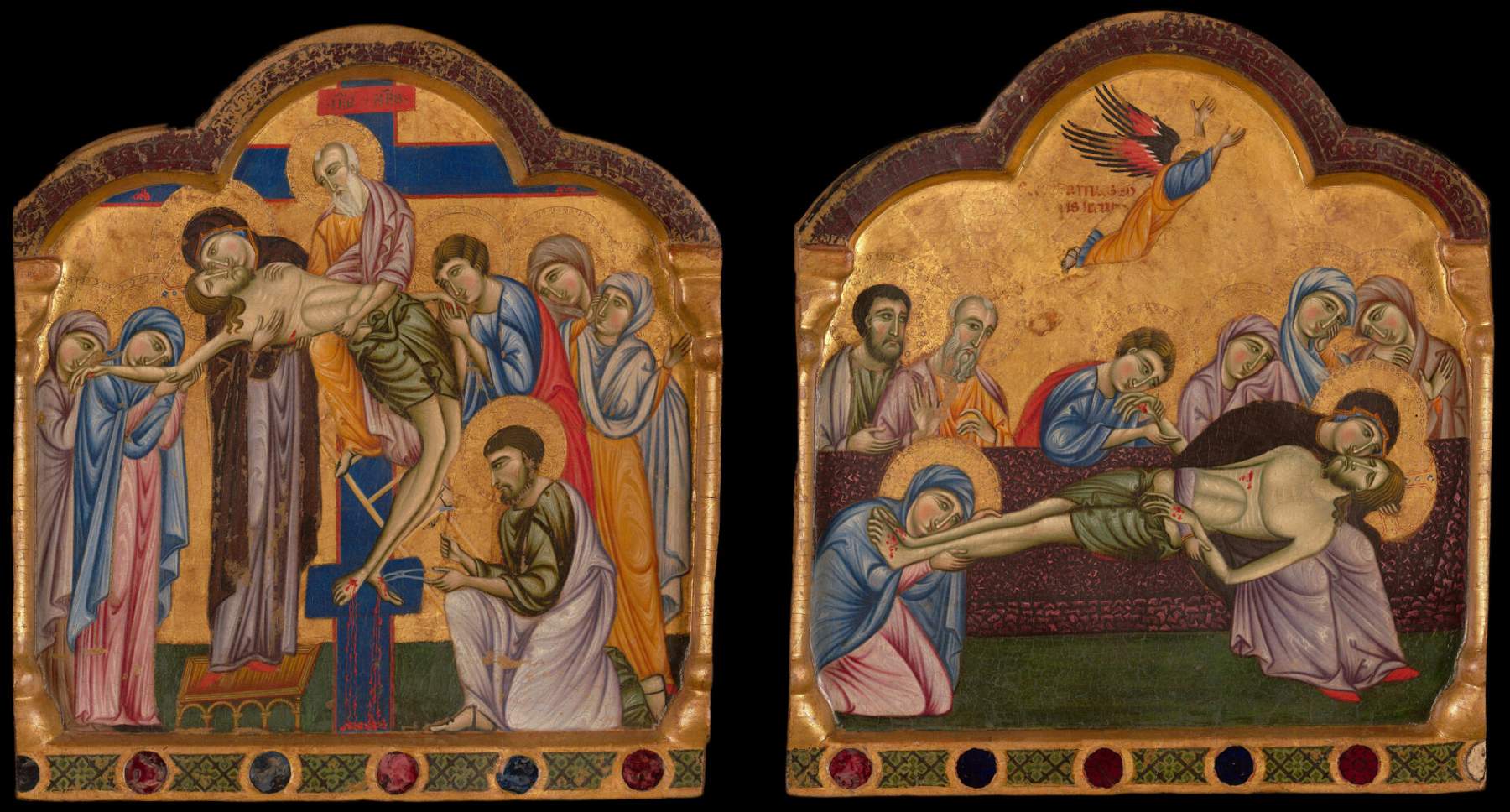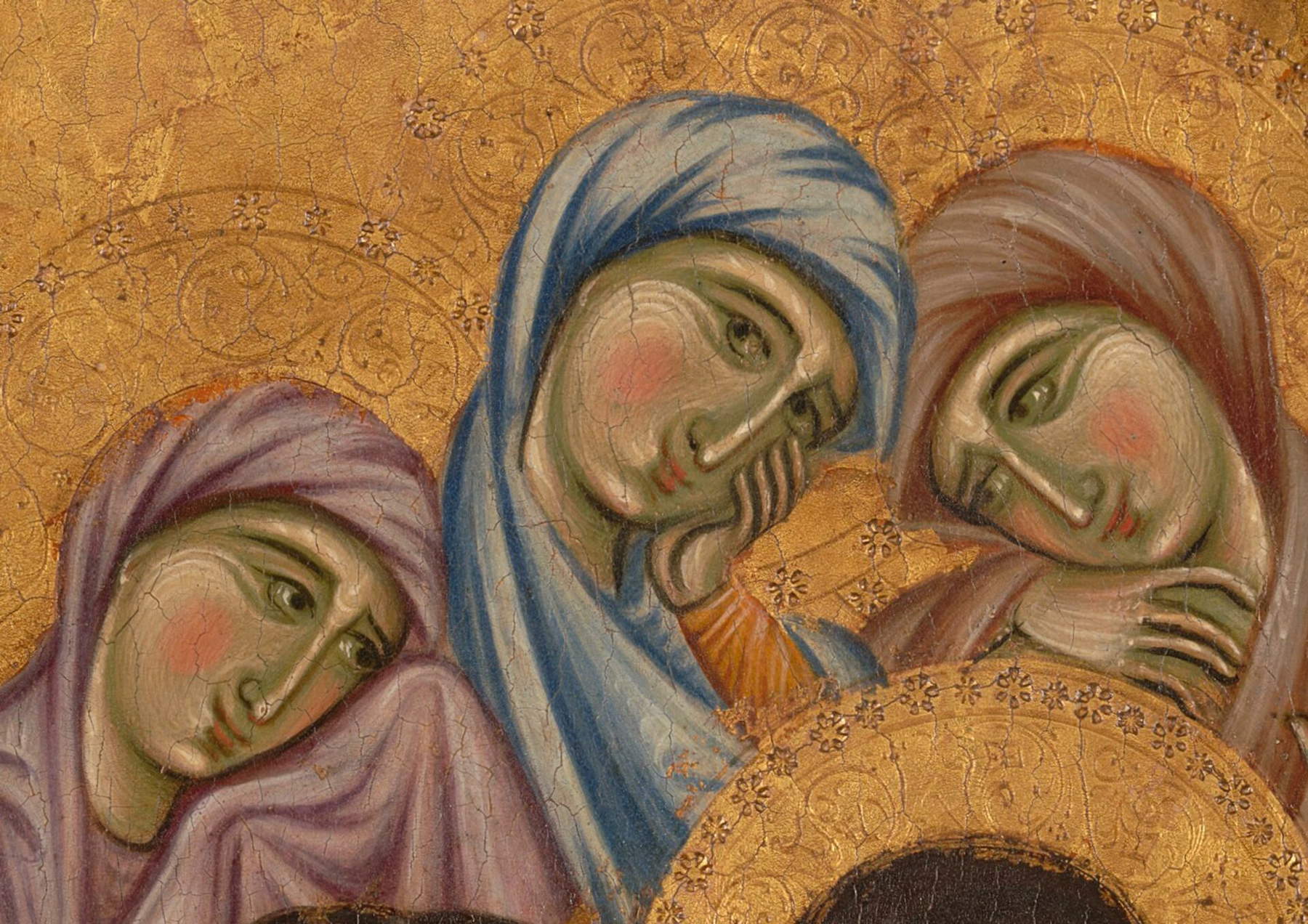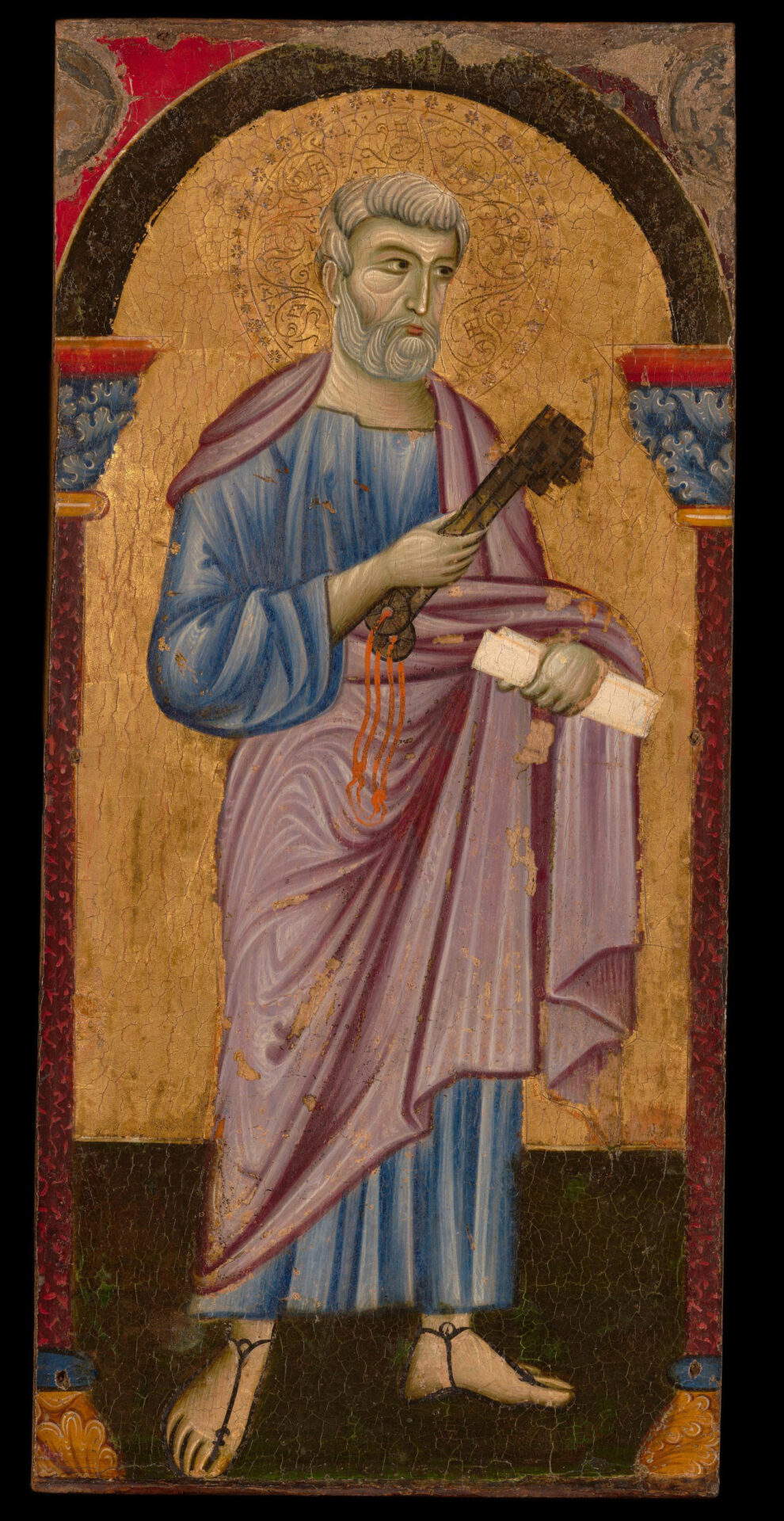For the first time, a major exhibition attempts to reconstruct the figure of the Master of St. Francis, one of the greatest artists of the thirteenth century, on the level of a Giunta Pisano or a Cimabue for that matter, painters to whom the anonymous master can be directly compared in terms of the level of ideas and painting. The National Gallery of Umbria is hosting, from March 9 to June 9, 2024, the exhibition Il Maestro di San Francesco e lo stil novo del Duecento umbro, a review curated by Andrea De Marchi, Emanuele Zappasodi and Veruska Picchiarelli, which is being held on the occasion of the celebrations for the 800th anniversary of the impression of the stigmata on St. Francis and presents, for the first time brought together, 60 masterpieces from Italian and international museums, from the Louvre in Paris to the National Gallery in London, from the Metropolitan Museum in New York to the National Gallery in Washington.
From the National Gallery of Umbria, which preserves 60 percent of the works on panel attributable to the Master of St. Francis, the itinerary extends to the cycle with Stories of Christ and Stories of St. Francis executed by the painter in the lower church of the Basilica of Assisi, also by virtue of the enhancement agreement linking the Sacro Convento to the Perugian museum.
The 13th century was a century of significant social, economic and cultural upheaval.Umbria was the region that best knew how to absorb and transform into positive energy the upheaval caused by the birth of the mendicant orders, the Franciscan one in particular. It is no coincidence that it was precisely Umbria and Assisi that became the new fulcrum in the system of European arts, where some of the most singular pictorial works of the time were created; in this panorama, the mysterious figure of the Master of St. Francis, a still anonymous author, so called from the panel with the effigy of the Saint painted on the same axis on which he expired, preserved in Santa Maria degli Angeli and exceptionally exhibited in the Perugia exhibition, stood out.
And it was to him that the Friars Minor turned, first to work on the stained glass windows of the upper church of the Basilica, alongside German and French masters, then to decorate the entire lower church. Among a thousand different friezes, emulating goldsmithing and enamels, the master had set in the single-aisle nave the first cycle of the stories of Francis, narrated in parallel with those of Christ, according to the instructions of Bonaventure of Bagnoregio, then general of the order, who identified the saint as Alter Christus, bending Giunta’s Byzantine signatures to supple rhythms and a sweetness of pathetic senses, of more naturalistic, of a more explicit sentimental expression, entirely unprecedented.

 Master of St. Francis, Painted
Master of St. Francis, Painted Master of St. Francis, Painted
Master of St. Francis, Painted Master of St. Francis
Master of St. Francis Master of St. Francis, two-sided dossal
Master of St. Francis, two-sided dossal Master of St. Francis, two-sided dossal
Master of St. Francis, two-sided dossalFor this appointment, 3D laserscanner surveys of the wall paintings in the lower church in Assisi were acquired to document technical experiments and virtually restore, through digital reconstruction, the arrangement, severely altered due to the opening of the side chapels, of the cycle painted around 1260.
The itinerary of the National Gallery of Umbria will have as its pivot the Cross dated 1272, from the Perugia church of San Francesco al Prato, one of the museum’s most important pieces, around which most of the painter’s works, scattered in various museums around the world, will revolve. In an air-conditioned showcase will be placed the surviving section of the opisthograph dossal that on the high altar of San Francesco al Prato visually complemented the Great Cross and of which the GNU preserves the largest number of fragments. The retrospective will also try to offer an articulate and as far as possible systematic documentation of the entire pictorial production in Umbria during the years of the Master of St. Francis’ activity, from the middle of the century to the start of the pictorial worksite of the upper church of the Basilica of Assisi under Pope Nicholas IV. An emblematic starting point, however, will be the Umbrian work of Giunta Pisano, reevaluating with a higher date, around 1230, the dossal with St. Francis and four postmortem miracles in the Museum of the Treasury of the Papal Basilica of St. Francis in Assisi, one of the masterpieces of the century, in comparison with the other version in the Vatican Pinacoteca and with the signed Cross of the Porziuncola. No less relevant is the opportunity to appreciate the works of the probable Gilio di Pietro da Pisa, active in the middle of the century, in Siena and Orte.
Alongside the Master of St. Francis will be reconstructed the figures of such comprimarios as the Master of the Franciscan Crosses and the Master of St. Clare, thanks to the exceptional presence, for the latter, of the hagiographic altarpiece from the Basilica of the saint, dated 1283, and the monumental painted cross from the Rocca Flea Civic Museum in Gualdo Tadino. The production of the Master of the Marzolini Triptych, which shows singular affinities with the Armenian miniature, will be an eloquent testimony to the extraordinary polyphony of works and artists in the Umbria of the second thirteenth century, which grew up in the shadow of the international worksite of Assisi. Indeed, the region is a privileged observatory for understanding the nature of the dense exchanges that ploughed the Mediterranean routes in those years, between the Holy Land and central Italy, the cradle of Franciscanism and epochal artistic upheavals that would not be imaginable without the climate that was created in the Basilica of St. Francis.
The exhibition is a collaboration between the National Gallery of Umbria, the Ministry of Culture, the Papal Basilica and Sacred Convent of St. Francis in Assisi and the Seraphic Province “St. Francis of Assisi” of the Friars Minor of Umbria, with the support of the Perugia Foundation and in synergy with the Region of Umbria.
 |
| In Perugia for the first time an exhibition on the Master of St. Francis |
Warning: the translation into English of the original Italian article was created using automatic tools. We undertake to review all articles, but we do not guarantee the total absence of inaccuracies in the translation due to the program. You can find the original by clicking on the ITA button. If you find any mistake,please contact us.